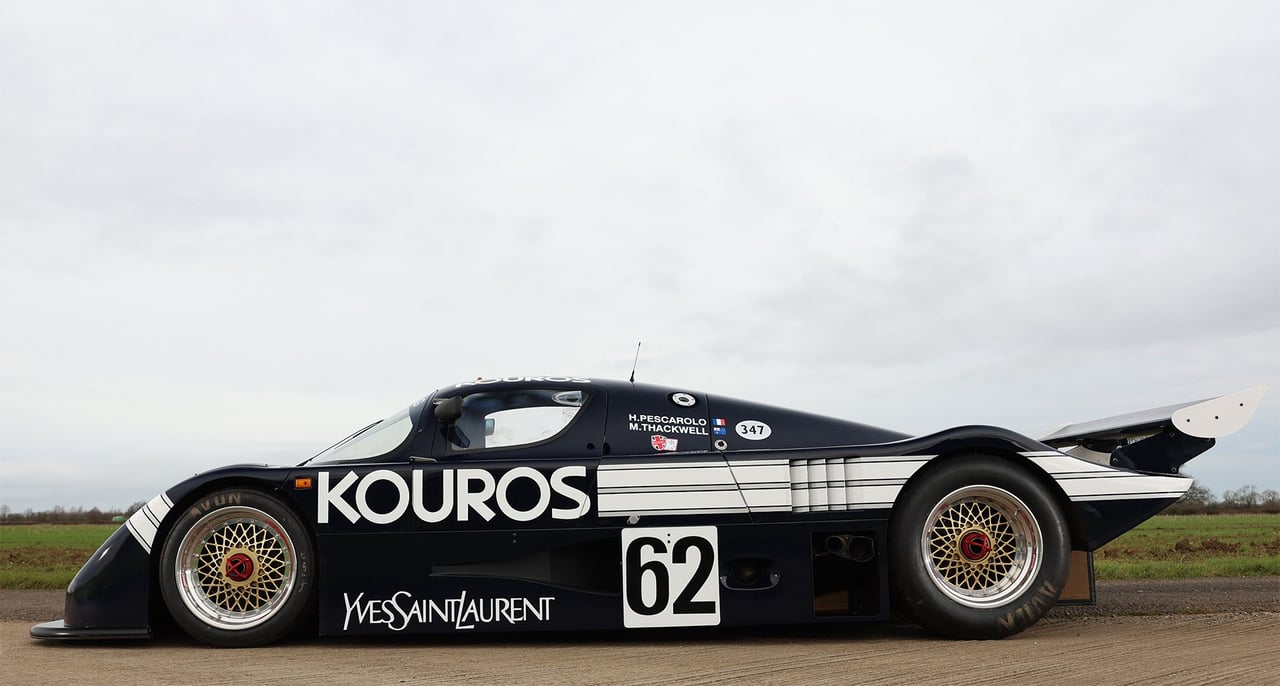
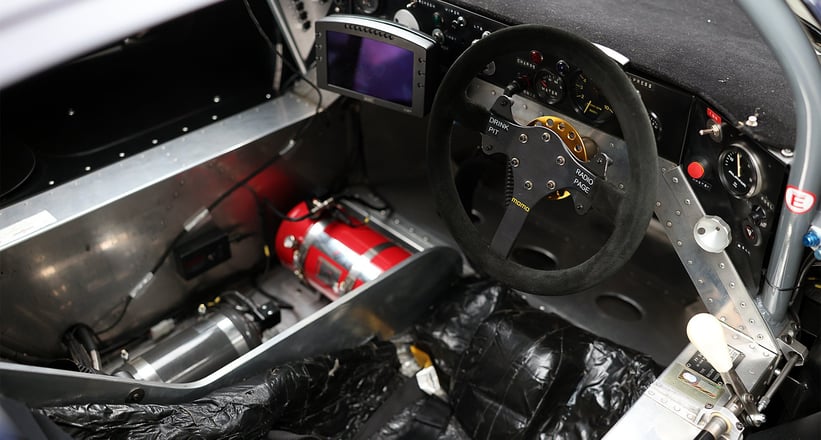

For those clued up on their Le Mans racers, think of Sauber and its likely your mind will go straight to the sleek, silver-bodied C9s that racked up an impressive 13 wins in 21 entries to claim the 1989 World Sports Prototype Championship. However, without the C9’s predecessor, aptly named the C8, a racer that continued the collaboration between Mercedes-Benz and Sauber, the C9’s run of success may have looked very different. Finding a Sauber C8 in the wild is almost impossible, but the ever-impressive team at Ascott Collection have managed the impossible, and you’ll be able to see it in person at Retromobile 2025.
Sponsored by legendary fashion house Yves Saint Laurent, this Mercedes-powered Group C truly did pave the way for Mercedes' one-two finish at Le Mans in 1989. Back in 1985, the Sauber C8 was unveiled at the 24 Hours of Le Mans as a Group C prototype, the first of a true partnership between Sauber and Mercedes-Benz, and one that would go down in history as one of the finest race machines ever built. Perhaps most interestingly, this historic collaboration stemmed from a very simple request made by Peter Sauber. Prior to the C8, naturally came the C7, a mighty racer in its own right, but one that was hampered with power issues from the newly fitted BMW engine in 1983. With a healthy amount of head scratching, Peter Sauber and his engineers politely asked if they could use Mercedes-Benz’s wind tunnel, a request that officials for the three-pointed star couldn’t turn down. After seeing Sauber’s woes with the BMW block reaching its limit, Mercedes offered up their trusty M117 engine, a punchy 5-litre V8 and could be wound up to produce incredible power whilst remaining as sturdy as ever.

This chance request quickly became a match made in heaven, for both parties. Sauber saw this as an opportunity to have a unique engine and to not head down the Porsche-powered route, a path many rivals had gone down with varying success. Meanwhile, for Mercedes-Benz, it was an opportunity to test the waters of Group C racing, which their rival Porsche and many other manufacturers were eagerly entering. In a bid to keep the Mercedes-Benz under wraps from their nosey competitors, the block was put into the hands of Heini Mader, who acted as a cover! The cover-up was a success and allowed the rumours of Mercedes' official return to competition to be hidden away until the time was right. This highly competitive C7 paved the way for the car we see before us, and in 1986, was ready to do battle with the greats.


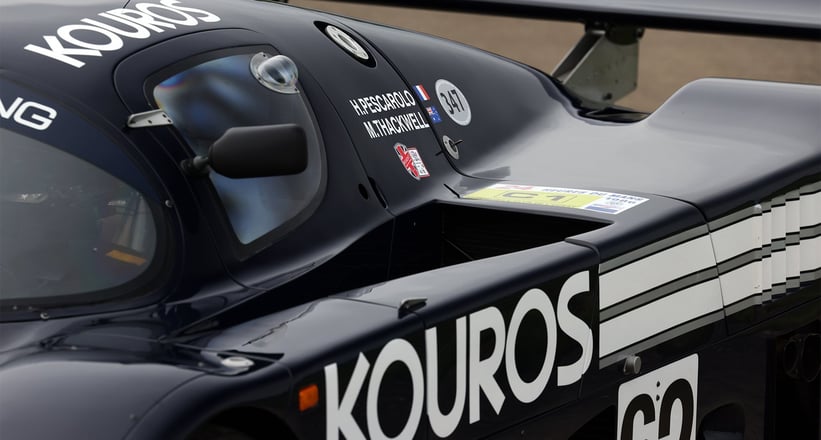
The new C8 car represented a major technological leap forward, thanks to its aluminium monocoque chassis which was fitted with a Kevlar-reinforced fibreglass body designed by Peter Faul. While the C7 remained naturally aspirated, the C8 was given a monstrous power upgrade in the form of two turbochargers, good for almost 650 horsepower, which could be wound up to an incredible 800 horsepower for those last-dash qualifying runs.
Chassis 86.C8.02 is one of just three examples ever made and is the most successful of the trio. Driven by Mike Thackwell and the legend Henri Pescarolo, it claimed victory at the 1000 km of the Nürburgring. Thackwell excelled on wet tyres, threading the needle between the notoriously difficult circuit, making the win even more impressive. In fact, it was the first time a Mercedes engine had won in a sports prototype class since 1955 with the famous 300 SLR.

In 1986, the team received financial support from fashion designer Yves Saint-Laurent, who wanted to promote Kouros perfumes, and would continue from tackling the Ring with three entries into the 24 Hours of Le Mans in 1987. This sleek livery features a thick white band that stretched around the car’s tarmac-hugging shape, contrasting perfectly against the navy-blue paintwork, creating a simple but incredibly stylish and eye-catching rolling advertisement. This striking livery, combined with comically wide Avon tyres wrapped around gold BBS race wheels makes for one of the most visually appealing Group C racers around.
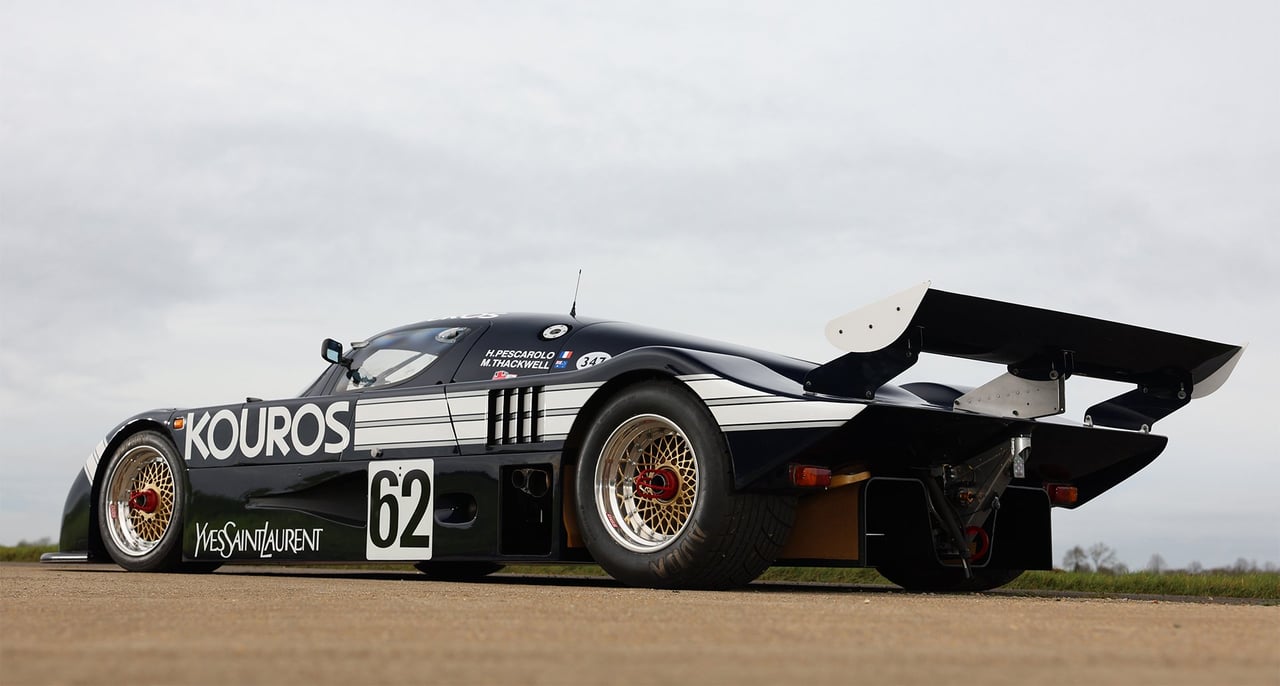

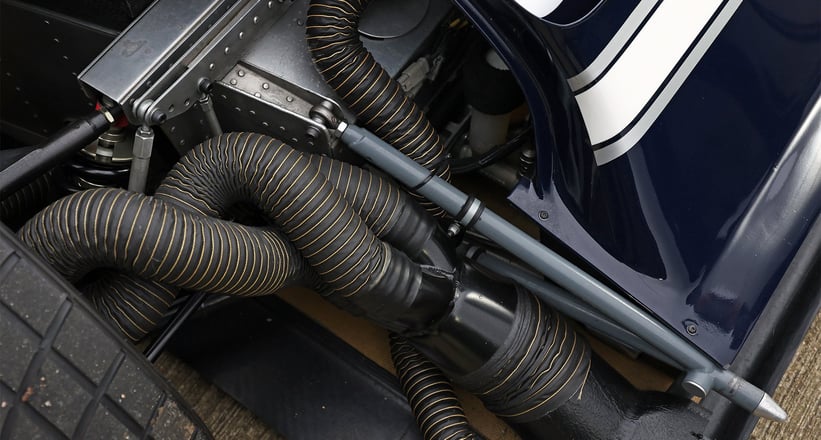
More recently, this highly competitive Group C racer has wowed fans once more, making its appearance at the Goodwood Festival of Speed, as well as thriving competitively around the historic racing scene. If you weren’t already tempted, 2025 will see the Masters Historic event launch a Group C series, as well as Peter auto announcing a tempting programme including Le Mans Classic. Owning any period-raced Group C car from the sport’s hey-day would be the goal of many motorsport lovers, but this Sauber with its unique livery and incredible history is the one we’d be putting our money on!
























